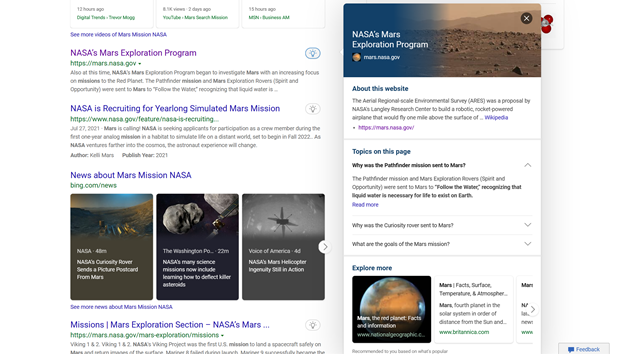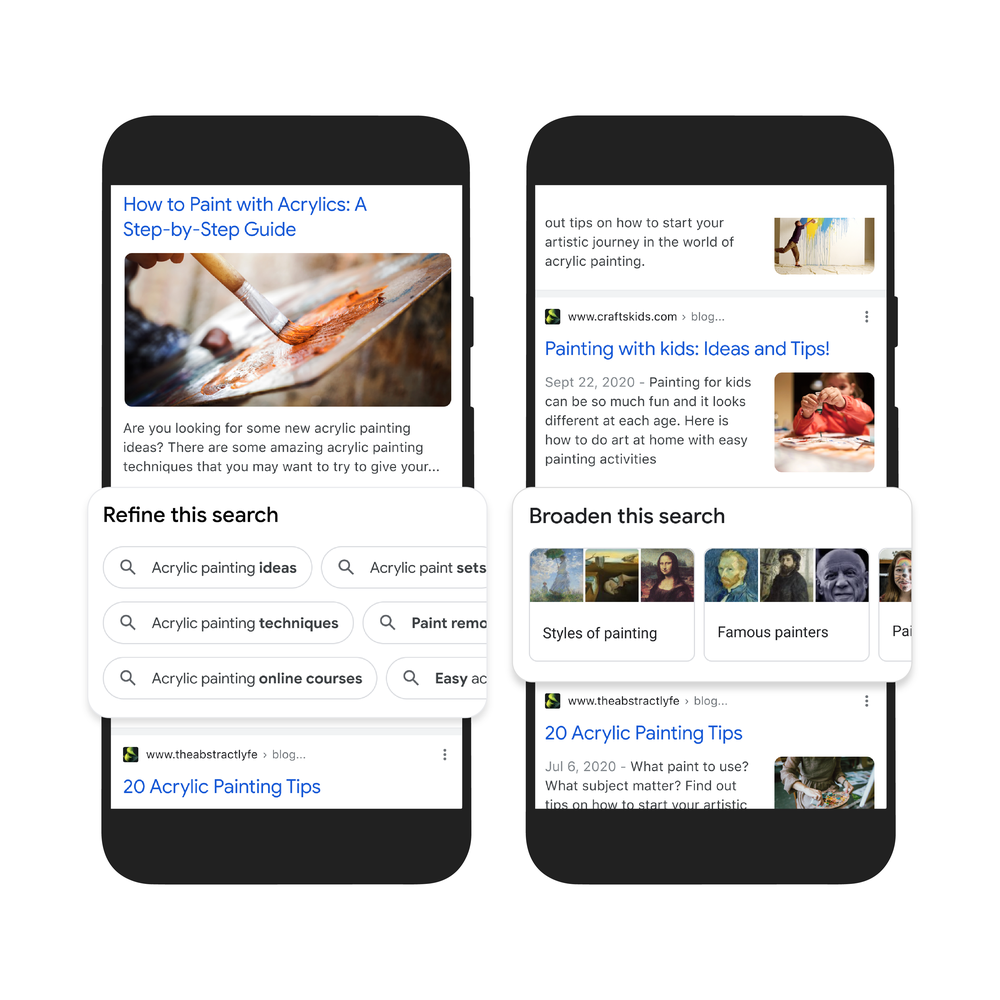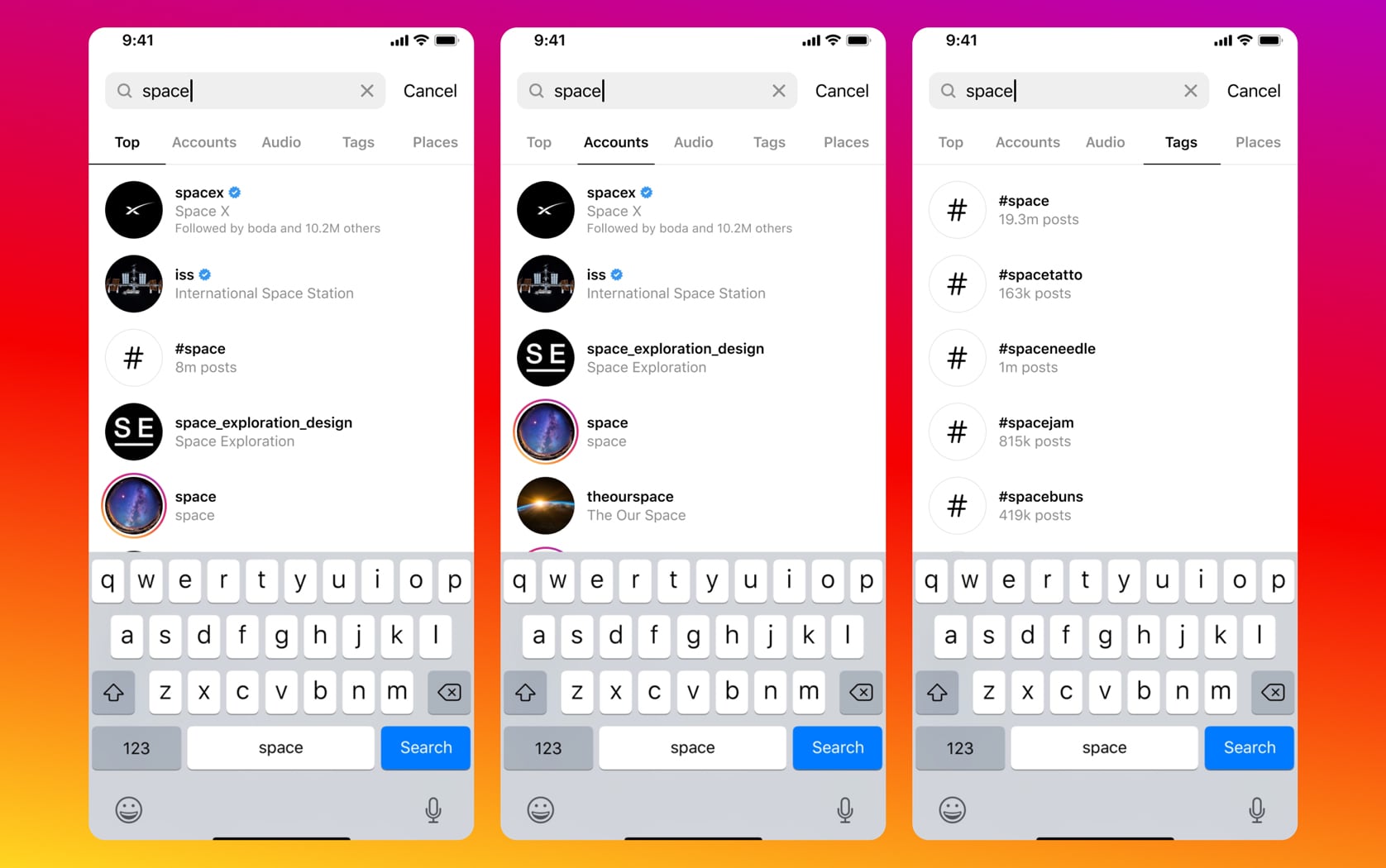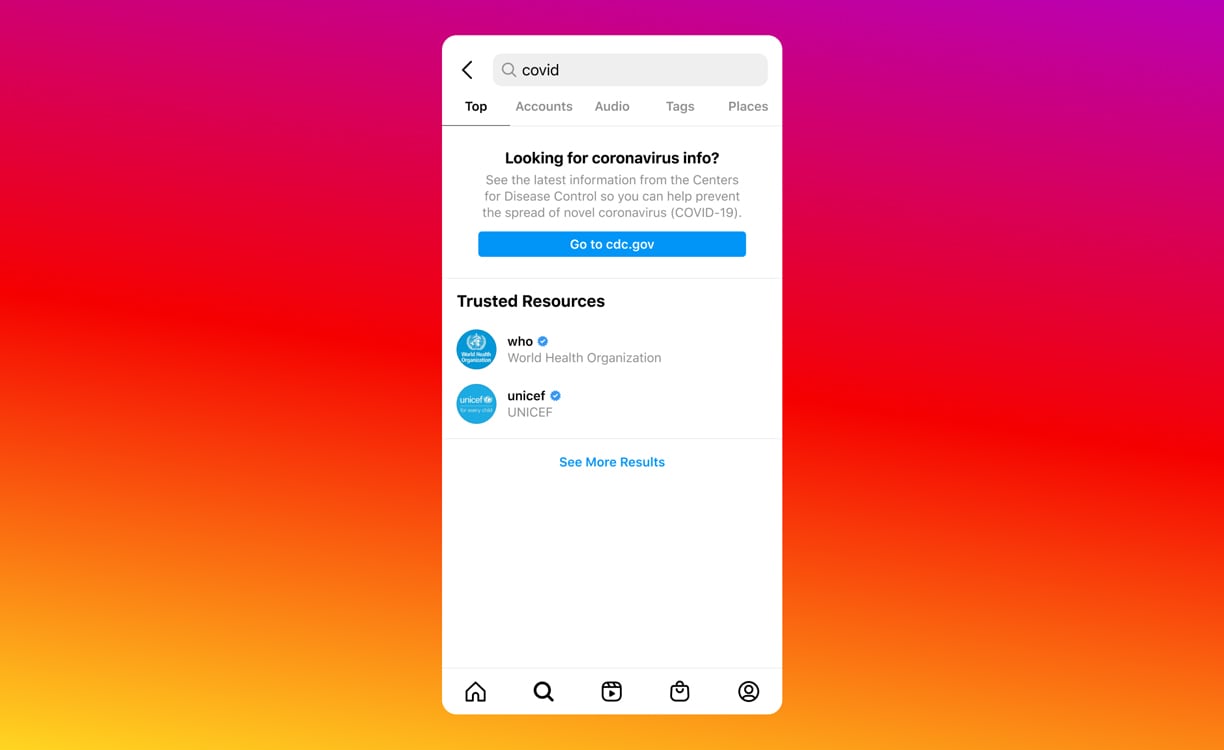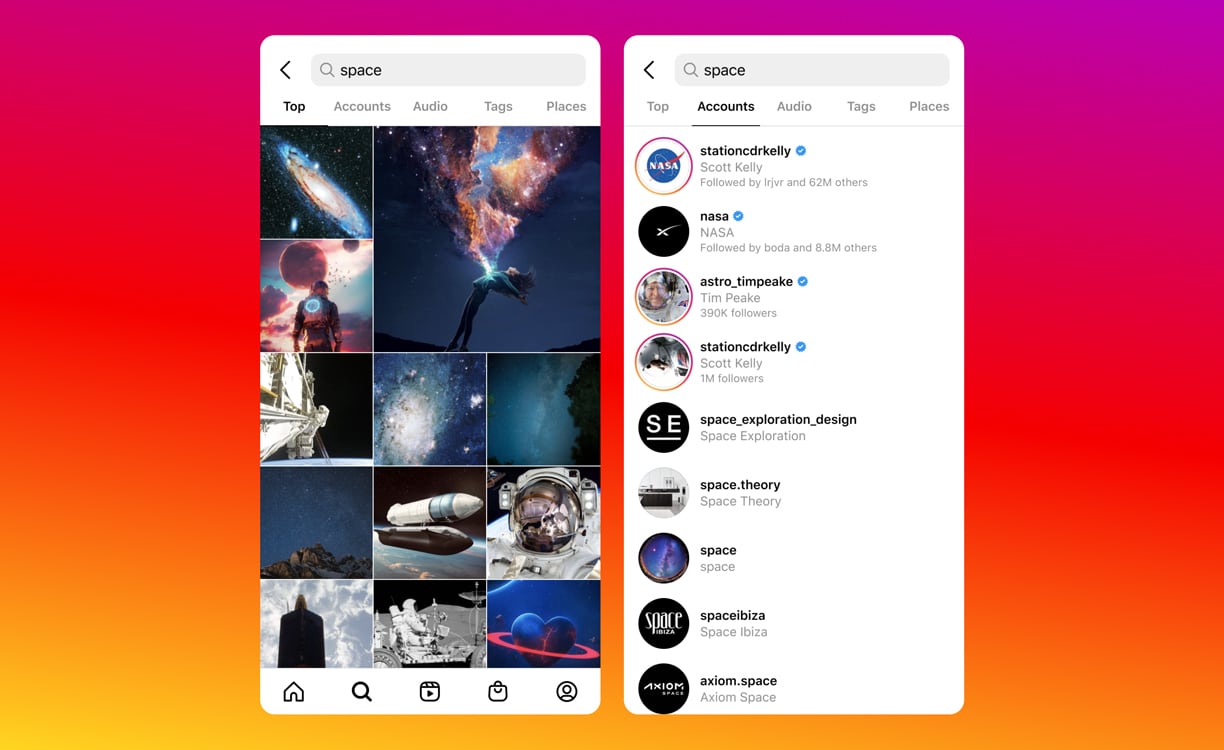For years upon years, those working in search engine optimization could consistently agree on just one thing – links were the most important ranking signal around. They were the lynchpin that could decide whether you were on the top of page 1 of the search results or deep into page 5.
Over the past few years, though, that has changed significantly. Google’s search engine algorithms have gotten increasingly complex, relying on hundreds of different search signals contextually based on a user’s intent with their search. With this, the perceived importance of links has steadily decreased.
These days, it is easy to find experts who will earnestly tell you that links are dead or don’t matter anymore. Typically they will point to the recent prevalence of social media and the importance of quality content as proof that you don’t need to invest money or energy into establishing an authoritative link profile for your website.
Well, Patrick Stox from Ahrefs recently decided to settle this debate once and for all. He simply chose three pages on the Ahrefs website – which receives thousands of visitors a day – and convinced the team to remove and disavow all links to those pages for a month.
After seeing the results from a month without links, the Ahrefs team then restored every link pointing to these pages and shared the results.
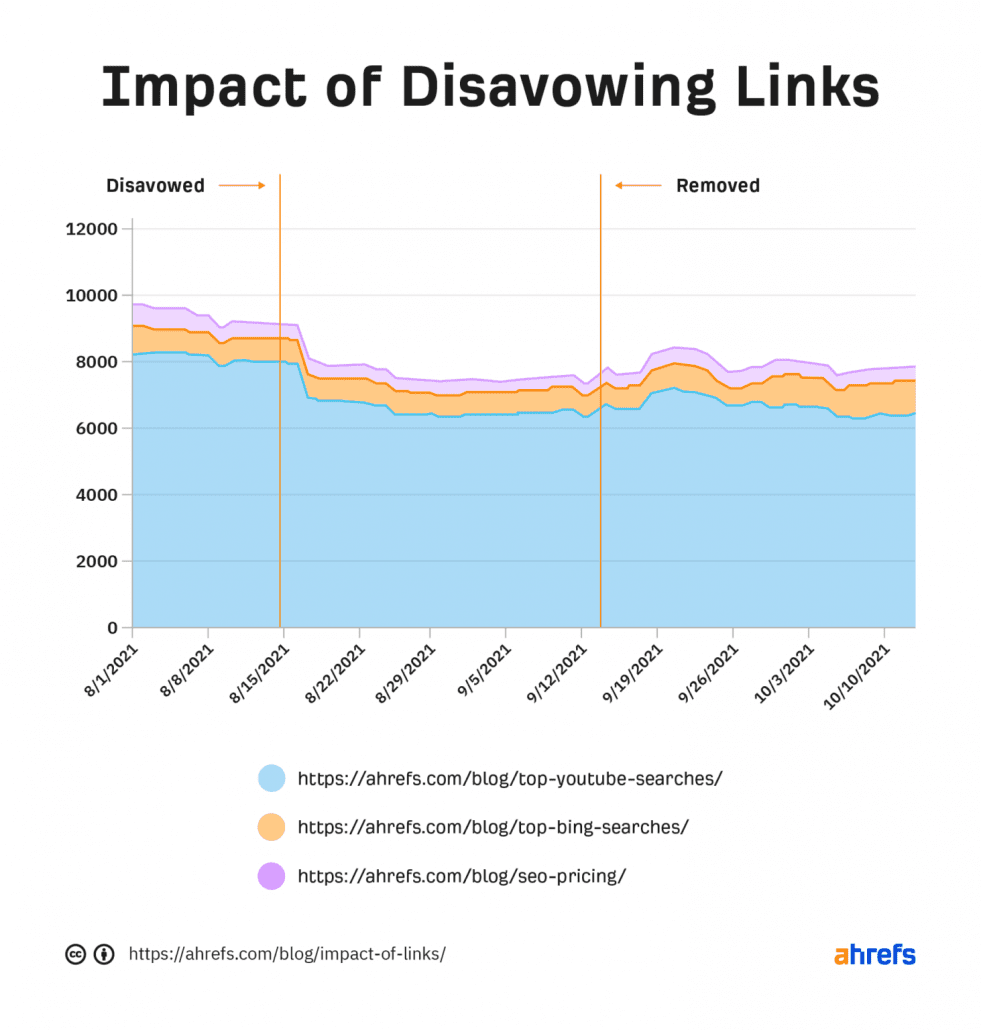
If you’re interested in the details from this experiment, you’ll definitely want to check out Stox’s recent article detailing what happened when he disavowed links to just three pages. It’s a revealing look at how a seemingly small SEO tweak can have a significant impact on the traffic your business receives online. Spoilers: links still matter quite a bit for SEO.

